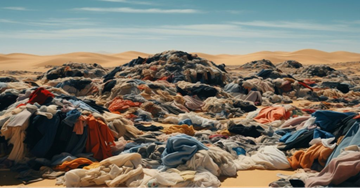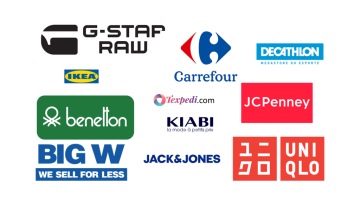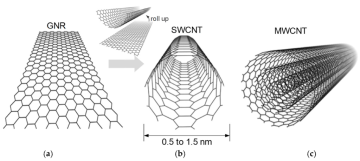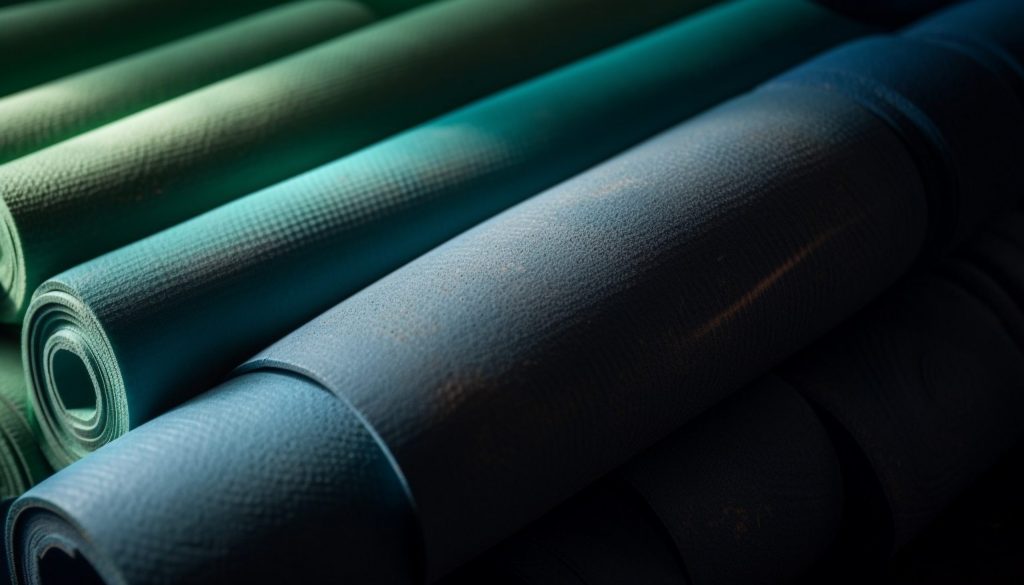Efficient Sourcing Process in the Apparel Industry: 7 Powerful Tips for Success
Kazi Md. Rashedul IslamB.Sc-in-Textile Engineering (DUET)Author & Founder: TextileTrainer.comEmail: [email protected] What is the sourcing process? Sourcing determines how and from where manufactured goods, components, or raw materials will be procured. The main objective of securing is to obtain high satisfaction with the low cost. In this article, I will present the sourcing process in the …






